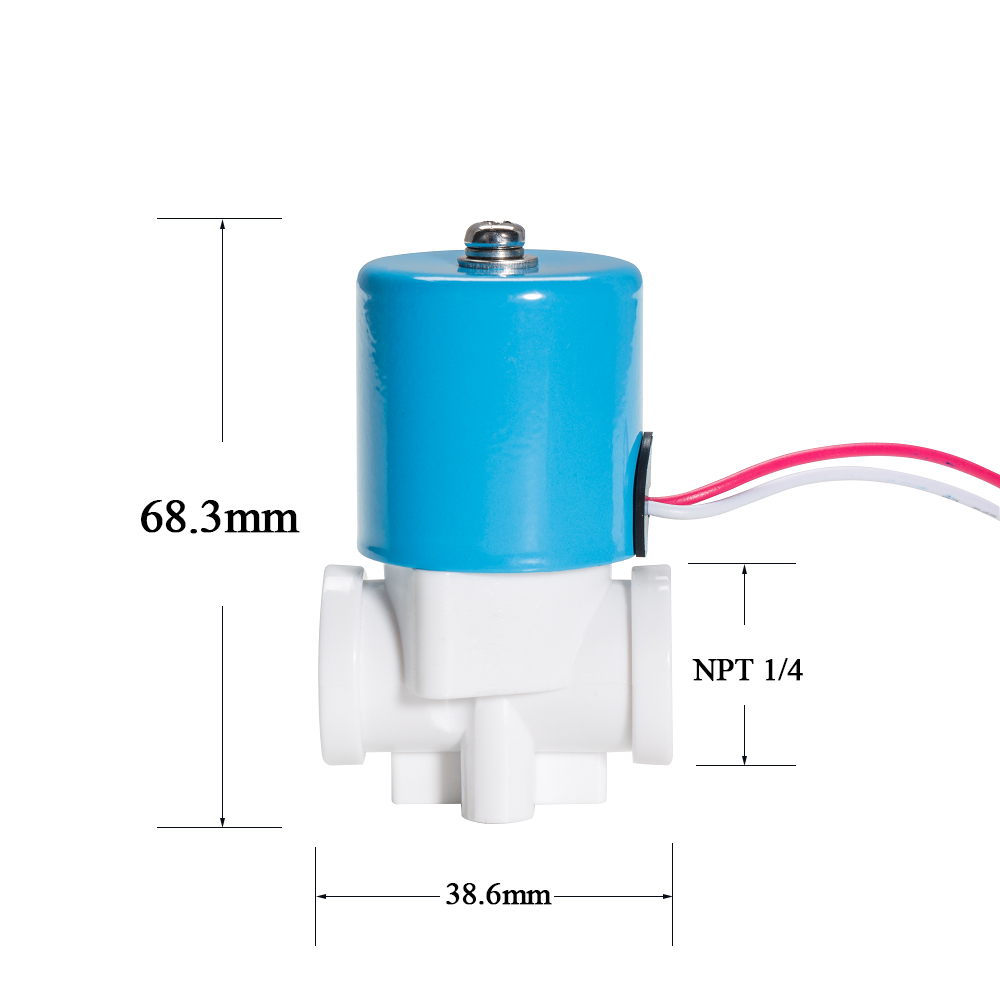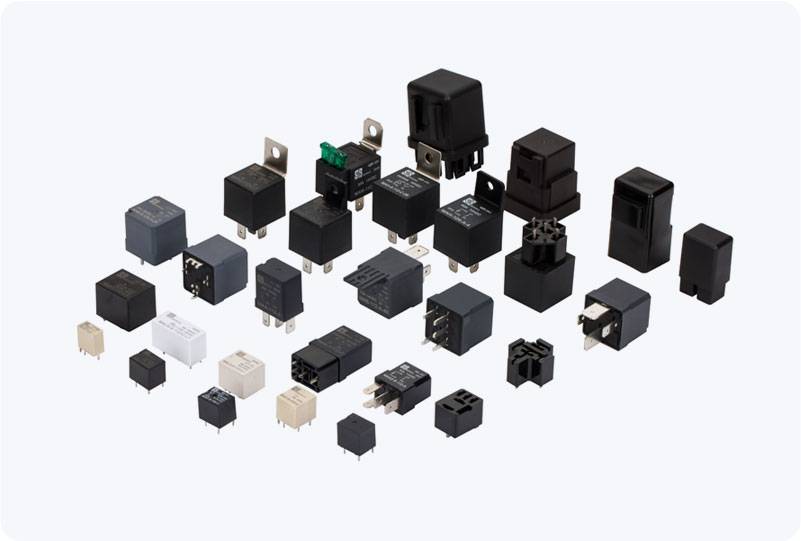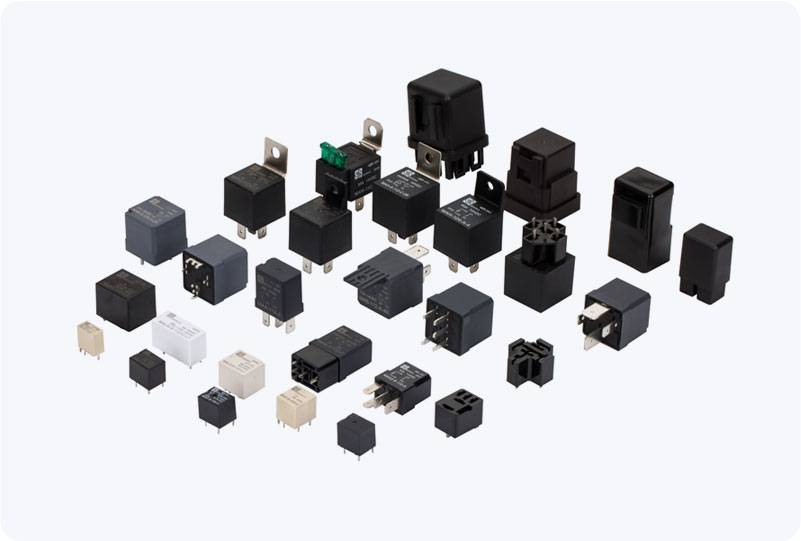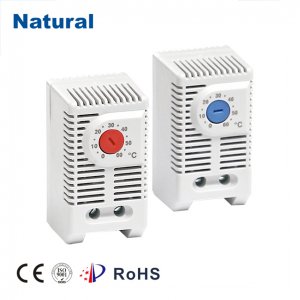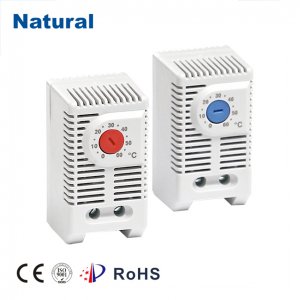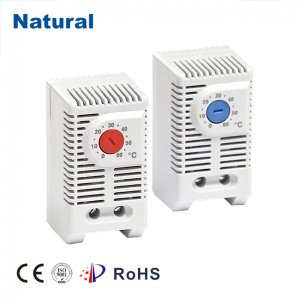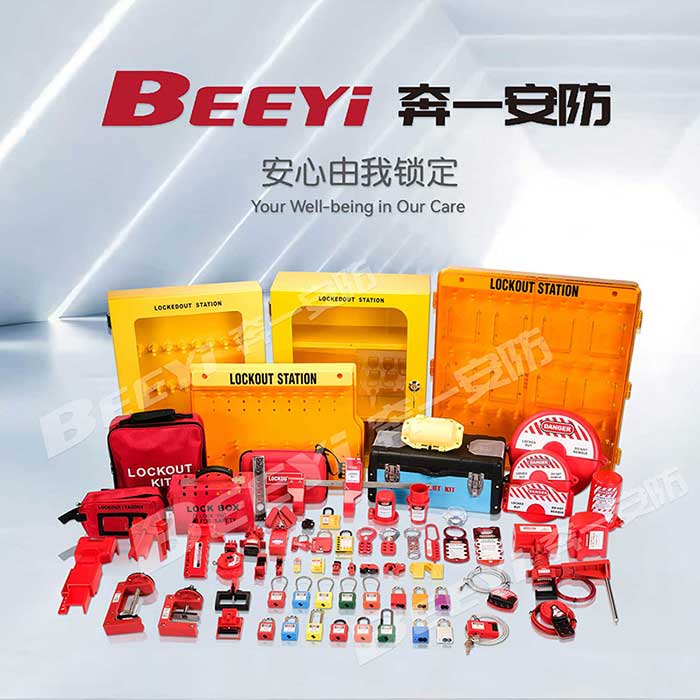In industrial settings, safety is paramount, and one of the most critical components of workplace safety is ensuring that machinery and equipment are properly locked out during maintenance or repair. Industrial Pneumatic Lockouts play a crucial role in preventing the accidental activation of pneumatic systems, which can pose significant risks to workers. These devices are essential for ensuring the safety of personnel who work with or near pneumatic machinery, providing an extra layer of protection against workplace injuries.
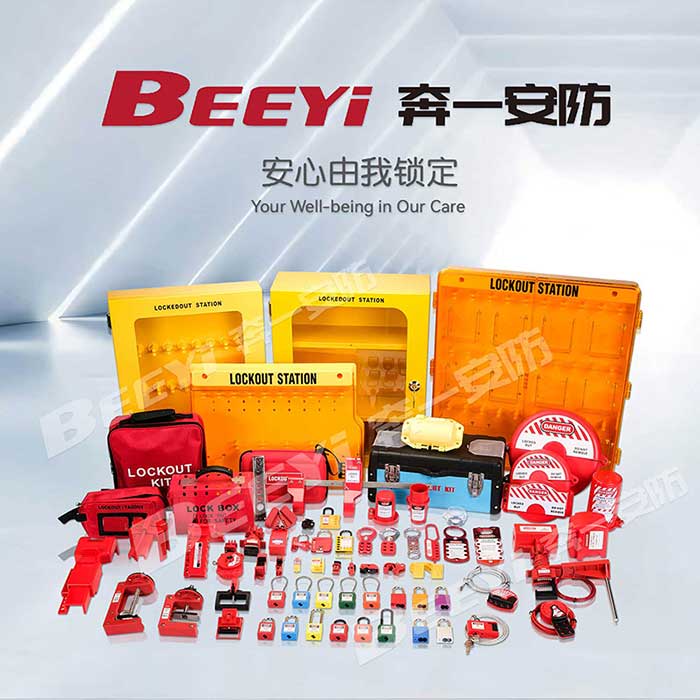
What are Industrial Pneumatic Lockouts? Industrial Pneumatic Lockouts are safety devices designed to control and lock out pneumatic systems during maintenance or service procedures. Pneumatic systems, powered by compressed air, are common in various industries, such as manufacturing, automotive, mining, and chemical processing. When technicians and operators are performing maintenance on these systems, it is essential to prevent unintentional activation, as sudden movement or pressure release can lead to injuries, accidents, or even fatalities. Lockouts are mechanical or electronic devices that are placed on specific control points—such as valves, switches, or pressure regulators—to prevent the flow of compressed air to the equipment. These lockout systems ensure that no one can inadvertently start the machine or release pressurized air while it is being worked on.
